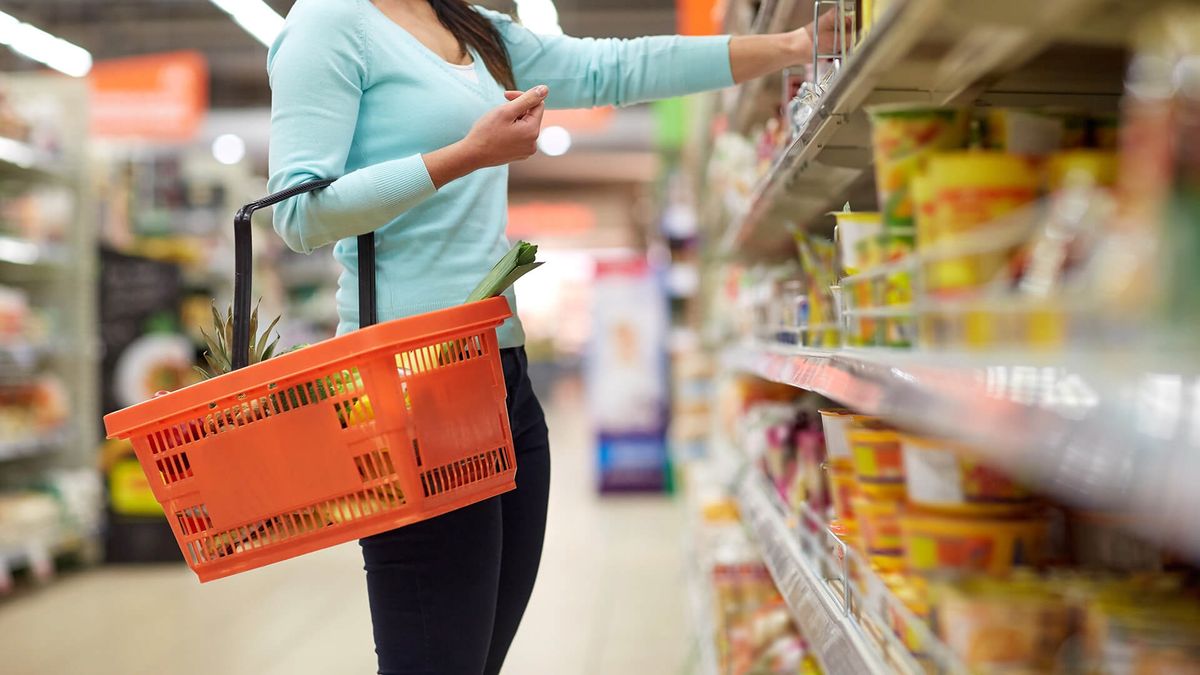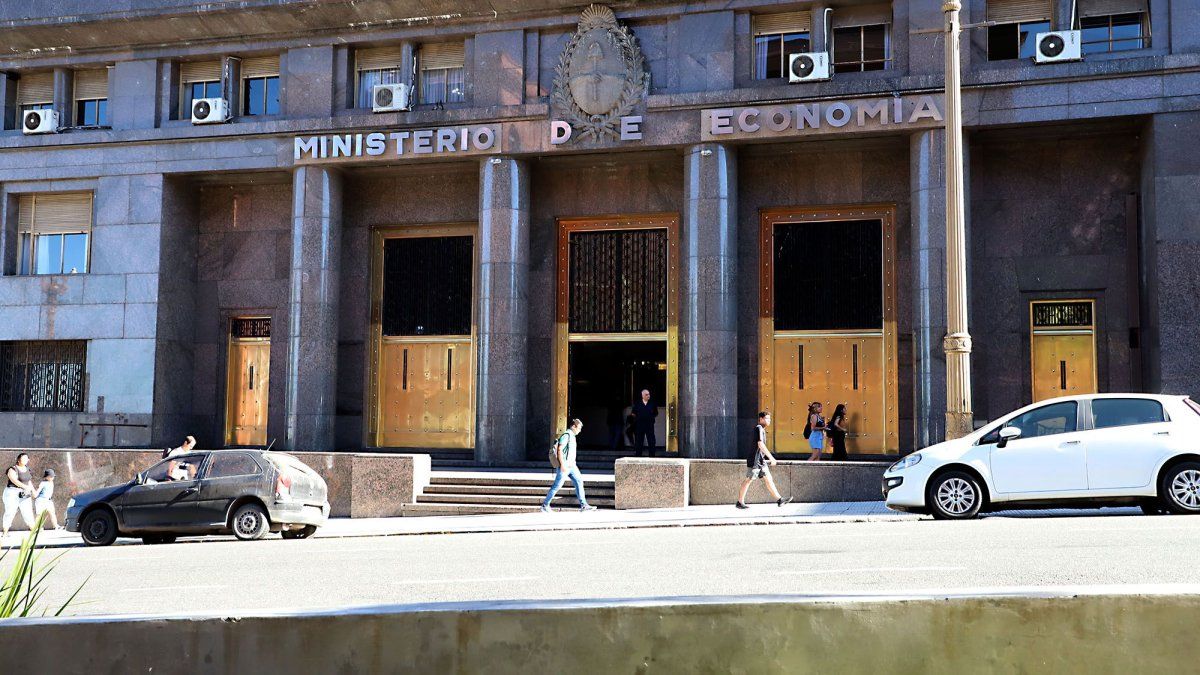For C&T Economic Advisors projected inflation is 3.5%. “Fruits and vegetables are going up a lot again, but so are baked goods. It is estimated that the increase in food will be close to 5%,” said Camilo Tiscornia, its Director, in dialogue with Ámbito. It is important to remember that the bakers warned of increases of up to 25% due to the increase in raw material costs. Last week, the president of the Bakery Industrial Federation of the Province of Buenos Aires (Fippba), Raul Santoandreaffirmed that the cause of the increase in bread is explained by the rise in the price of flour, between 14 and 18%, added to that of yeast of 35%.
Hernan Letcher director of the Center for Political Economy (CEPA) consulted by this means pointed out that “there is an impact of international inflation on the evolution of local prices. The 25% increase in bread coincides with the evolution of the price of wheat.”
In the same sense as C&T, Analytica estimates inflation of 3.9% that observes strong rises in the recreation category. For his part, Damián Di Pace, director of Focus Market warned about the rise of up to two digits in some products and explained: “In February the floor is 4%, the average rise in fuels of 9% is hitting hard, the category of education that is already beginning to move and food above of the general indicator, especially fruits and vegetables. The effect of fuels has second-round increases: there it ends up hitting the cost of distribution of food and services throughout the economy.” For Orlando Ferreres & Asociados goes further and estimates an inflation of 4.4% for February based on the daily survey of more than fifteen thousand prices of GBA goods and services.
Which items recorded the biggest rises
the consultant EcoGo carried out a first survey corresponding to the first fortnight of February with details of the products that rose the most. In the first week, the variation compared to the last week of January was 1.9%, while in the second week compared to the first week of February it slowed down to 1.1%. With this data and considering a weekly projection of 0.6% for the next two weeks of the month, inflation in food consumed at home in February it would climb around 5.1% per month.
“It is possible that this variation is biased upwards due to having a survey of supermarkets and not considering nearby businesses”, he clarified in the report.
On average, For EcoGo, February inflation would be around 3.4% due to the increase in regulated prices, in a month in which fruits and vegetables will be affected by the weather situation. Despite the fact that this segment does not include the variable of forest fires, the increases already reached 4.6% in the second week of February.
As for meat, they have been more moderate after strong increases in previous months with a price drop of 0.8% in the second week of February. In this case, chicken did register increases of 2.8%, which pushed the price of meat in general to 0.2% compared to the previous week. It is important to remember that on February 8, the program of the Ministry of Commerce entered into force, which will be in force throughout 2022 and involves the marketing of seven of the main cuts of beef used by Argentines at agreed prices.
The first stage of the program will last until April 7, when the extension conditions for the rest of the year will be analyzed, and the prices of the agreement will have a 2% increase guideline between March 7 and April 7 . In this way, and despite the controls on some cuts, the year-on-year rise in meat in February would be around 78%. Dairy products and eggs also had their part in the first week of February: the increase of 0.7% in dairy products and eggs, 5.6% in powdered milk and 2.1% in fluid milk.
As for the oils, there were strong rises in the order of 11.1% in blended oil. The category of oils and fats was up to 6.2% above the first week of February.
In an economy suffering from high inflationary dynamics, the causes of the increases are multiple. This February, some products such as sugar, yerba mate, dairy products and rice received strong remarks as a result of the persistent drought and the fires that destroyed a good part of the production. To this is added an international variable: the prices of raw materials maintain an upward trend that benefits exports, but again harms the domestic market.
Finally, there is the foreign exchange panorama. Despite a first understanding with the International Monetary Fund (IMF), the high exchange rate gap continues to impact an economic matrix with a high import percentage tied to the official dollar.
For Hernán Letcher, “in January, the greater acceleration of the devaluation of the official exchange rate had no impact because it only moved above 2%, but it is possible that it influenced the increase in the “contado con liqui” which was close to twenty%”. This “it could have generated some type of remark as a preventive price hedging mechanism”. At the moment, the question remains open as to what the rate of devaluation will be like over the course of the month, which they do not rule out, it could be one more factor that impacts the IPC.
Source: Ambito
David William is a talented author who has made a name for himself in the world of writing. He is a professional author who writes on a wide range of topics, from general interest to opinion news. David is currently working as a writer at 24 hours worlds where he brings his unique perspective and in-depth research to his articles, making them both informative and engaging.




